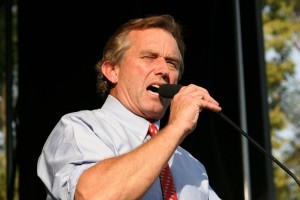The Mary Ferrell Foundation is pleased to announce the addition of a brand-new document collection obtained from the Assassination Archives and Research Center. The FBI’s 109-HQ-12-210 “political matters” file on Cuba, referred to in shorthand as the “Cuba 109 file,” is a chronological collection of memos, reports, and other documents created in the mid-1950s and extending into the 1970s. It contains a wealth of information on anti-Castro organizations and activities.
March 20, 2016 Update: This collection has been completed now by the addition of several thousand additional pages. These new documents include correspondence between AARC President James Lesar and various third-party agencies whose documents were represented in this FBI collection. The letters provide a rare glimpse into the work of a FOIA lawyer, and they are accompanied by thousands of pages of attachments containing released files from the Department of State, Department of Justice, CIA, Air Force, Navy, and other federal agencies. See the correspondence subfolder of the FBI Cuba 109 file.
Today the MFF has posted over 10,000 pages of these files, with more to come.

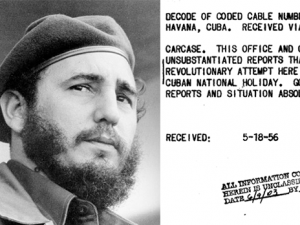
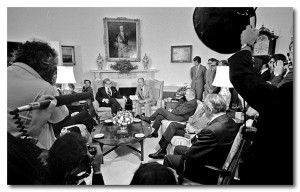
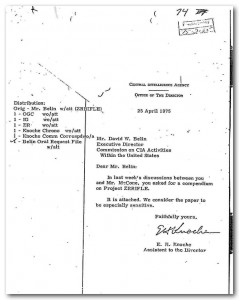
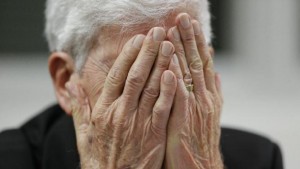
 ernie Sanders keeps driving it home. “We have a
ernie Sanders keeps driving it home. “We have a 